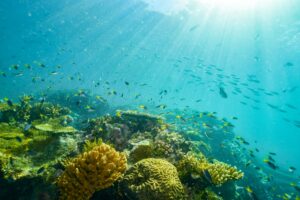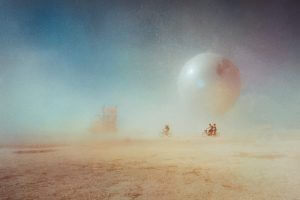Support Hidden Compass
Our articles are crafted by humans (not generative AI). Support Team Human with a contribution!
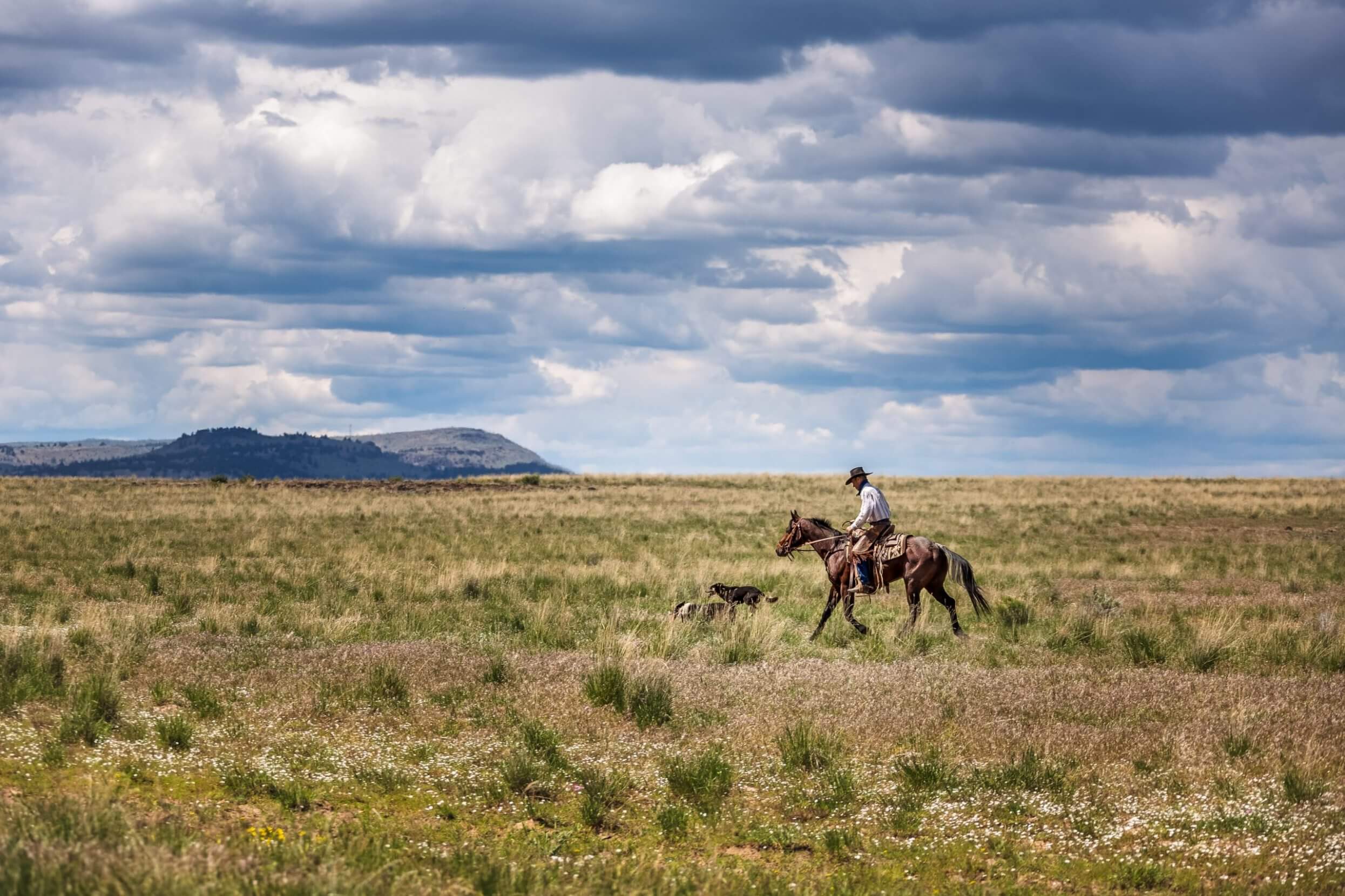
In the Alvord Desert at the base of Steens Mountain in eastern Oregon, buckaroo culture is disappearing. But author Kim F. Stone refuses to let it go quietly. Photo: Kim F. Stone
This story has been republished in the Hidden Compass Legacy Issue in celebration of reaching 100,000 readers.
Deep in the desert, I scanned the horizon for clouds of dust but saw none. As I buzzed down dirt roads and into meadows there were seemingly endless stretches of metal water pivots, inching through the grass of their own accord, gleaming in the sunlight as they sprayed water on the fields below. I listened for hoofbeats, for the shouts that usually accompanied them floating in the air. Instead, I heard the heartbreaking whine of an ATV heading out into cattle country.
It wasn’t always like this.
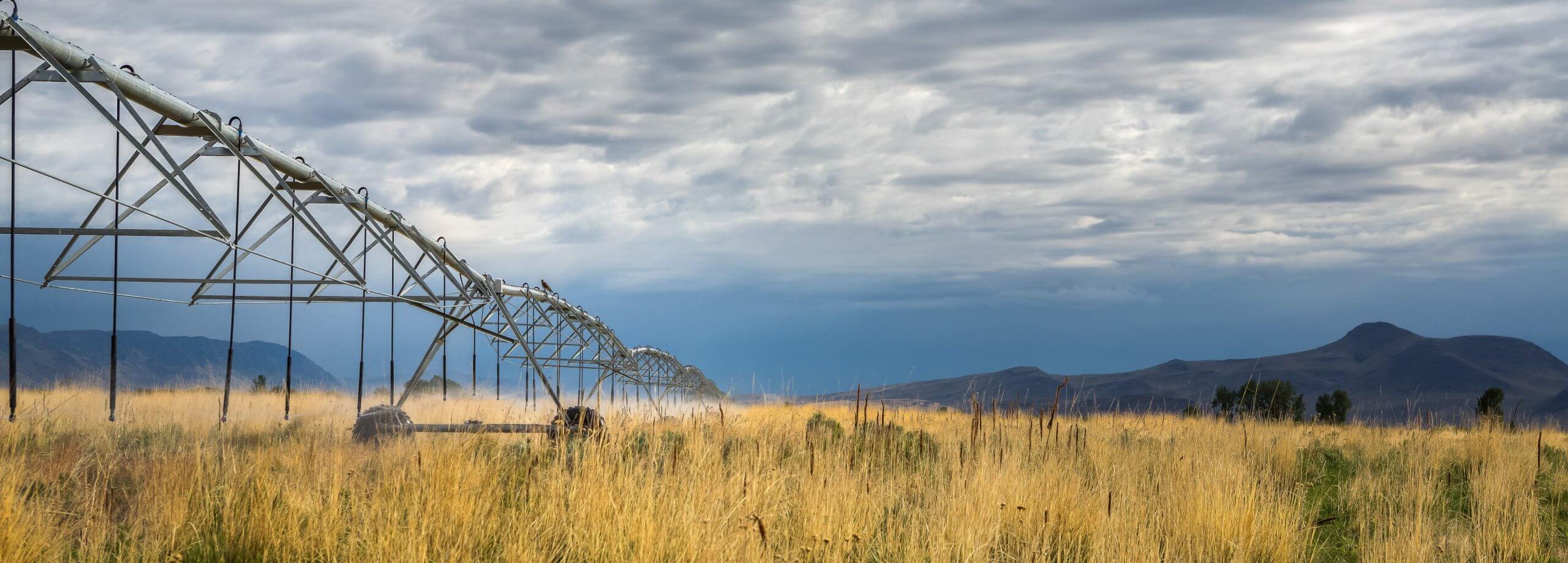
An automated pivot waters the field below. Machines like these are becoming more common in the open Alvord. Photo: Kim F. Stone
~~
Like a saddle bronc about to explode out of the rodeo gates, Indy’s feet pounded like pistons on the old barn floor. The barn was dark, except for slivers of light that peered through dusty windows, illuminating her long white mane and her muscular brown and white body. The floorboards creaked as I kicked aside tumbleweed. With little room to turn around in the wooden stall, Indy pushed me hard up against the wall, pinning me while I tried to throw the saddle onto her back. Reaching for the cinch, struggling to get her to move, I looked over the chest-high wall to see Martin Black, a fifth generation rancher from Idaho, finishing up with his horse — his calm, motionless, patient horse.
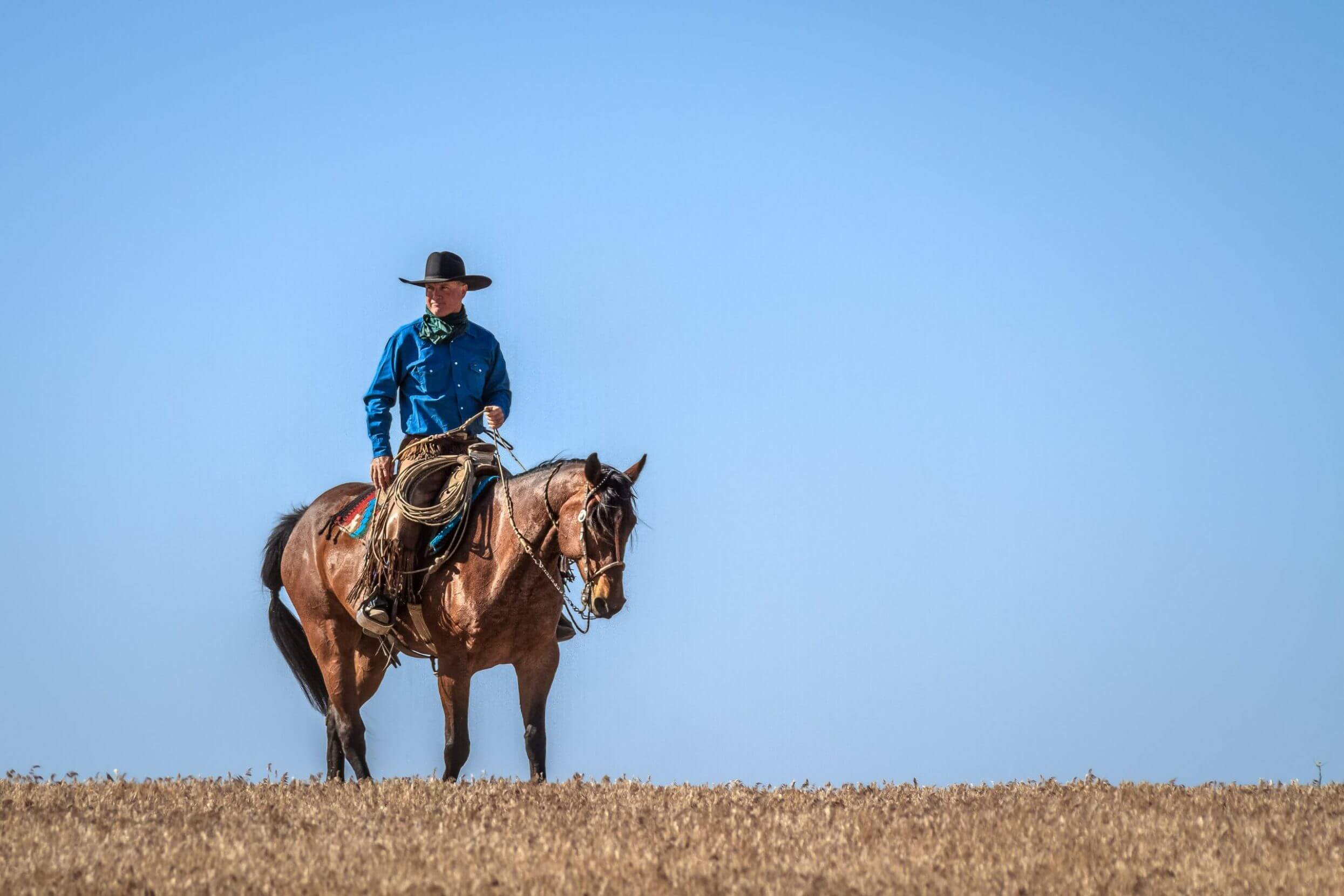
When everyone told Kim F. Stone to give up on her horse Indy, Martin Black, a fifth generation rancher from Idaho, believed in them both. Photo: Kim F. Stone
The sound of wood under foot startled Indy. It was unfamiliar and the more she heard it, the more agitated she became. My hands slipped on the soft leather headstall as I tried to bridle her. I knew when I dropped the halter from her neck, she could bolt from the barn, dragging me along.
“Who’s tearing up my barn?!” the cow boss growled impatiently. My heart thumped hard, my body shook. Exasperation bordered on panic.
“I am not going to be able to bridle her without her running out of the barn,” I said to Martin. He took a long, deep breath. Quietly, he took my bridle in one hand and my horse in the other. Indy stomped, but Martin was steady and calm, his calloused, strong hands were feather-light as he slipped the bridle on. I could tell Indy still wanted to run — to escape the unfamiliar barn, but where would she go? This wasn’t our home.
It is a place where cattle thrive. A place where seasoned cowboys, or buckaroos, know how to find the wild horses and the elk, the big horn sheep and the cougars. It’s a land seemingly lost to time.
“She is not riding that horse with us!” yelled the cow boss. He was also the ranch’s owner. I felt his frustration with me, an “Easterner,” acutely in his hardened lips and squinted eyes.
Martin looked over at me as Indy reared.
“Are you afraid of her?” he asked.
“No,” I said, my hands sweating.
“You’ll be able to handle her and not have a problem?” Martin questioned again.
“I won’t have any trouble.” I gripped the smooth, round rein to keep Indy from lurching forward.
Martin nodded and turned to the cow boss. “She is riding with us.”
~~
The Alvord Desert at the base of Steens Mountain in eastern Oregon is remote, rugged, and wild. Located 250 miles west of Boise, Idaho, in the Great Basin, to most people, it seems like a barren wasteland, largely untouched by humans. Cell phone service is sketchy, internet is a luxury, and the nearest shopping center is 110 miles away. But it is a place where cattle thrive. A place where seasoned cowboys, or buckaroos, know how to find the wild horses and the elk, the big horn sheep and the cougars. It’s a land seemingly lost to time.
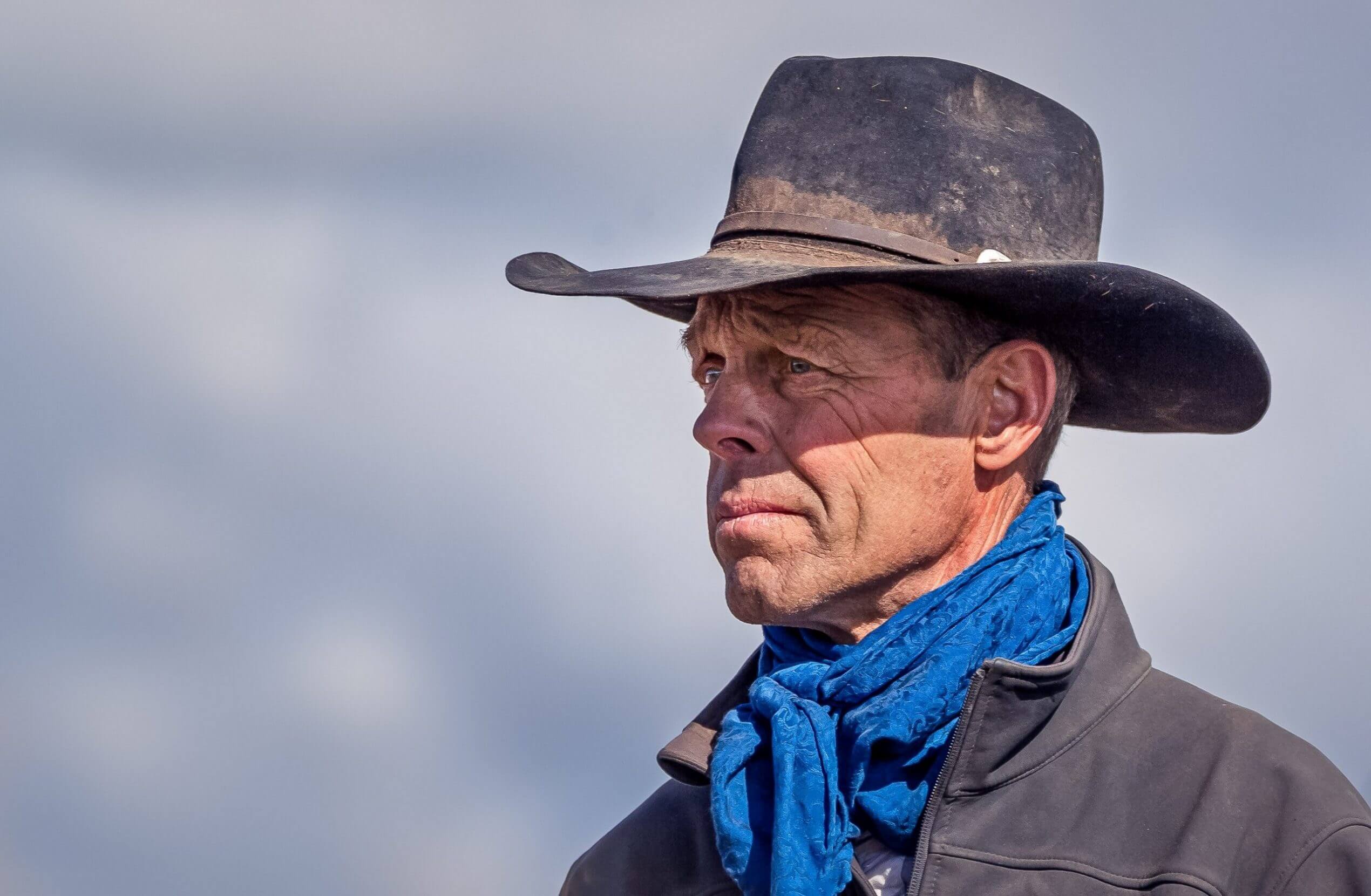
The rugged, wild, and remote Great Basin is largely untouched by humans, except for those like Joe Maher who have spent their lives working the land. Photo: Kim F. Stone
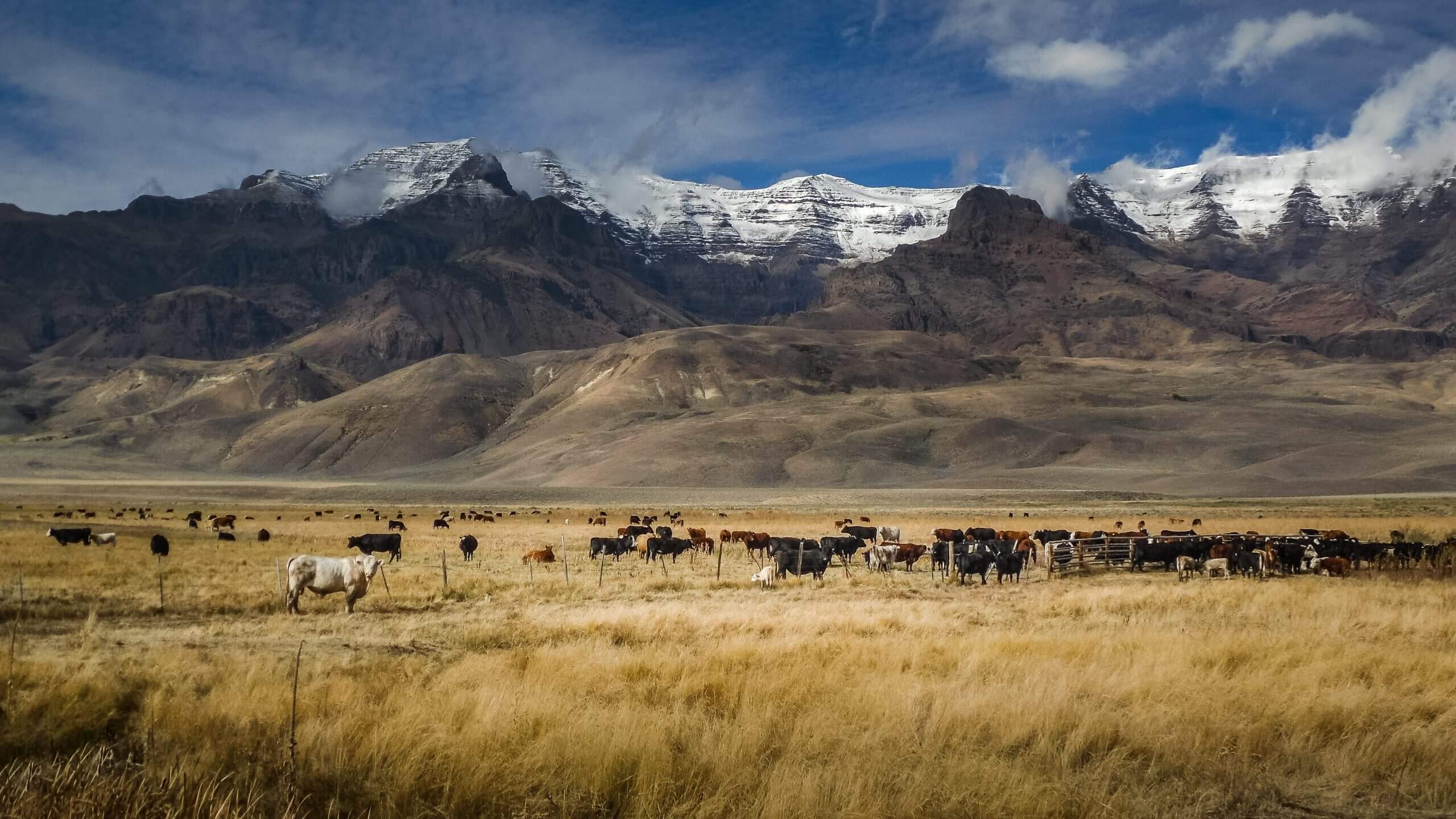
Buckaroos have been working in the Alvord, in the shadow of Steens Mountain, for generations. Photo: Kim F. Stone
I had arrived at the Alvord Ranch late one night. The desert air was brisk, the sky cloudless and jeweled with stars. I turned the horses out into a paddock, silvery beams of moonlight glinting off the top railing of the wood fence, and then followed Martin’s wife, Jennifer, to my cabin. I heard a rattle. Then a haunting howl and the deep bellow of a distant bull. The sounds were musical and enchanting.
“If you need to use the bathroom before daybreak,” she said, “watch out for rattlesnakes and mountain lions.” And with that, she was gone.
Mountain lions and rattlesnakes? What was I thinking? I opened the door to my cabin, scanning for anything that slithered.
I wasn’t a cowboy. I’d grown up in a small fishing village in Maine. I didn’t know anyone here, except for Martin and Jennifer, who I’d met at a horse clinic back home a few months ago. And then there was Indy — my five-year-old ball of fire with feet that never stopped moving, even when I needed them to. She and I had been kicked out of more than one horse show in Maine for unruly conduct — hers, not mine. That was how I’d met Martin. He traveled the world helping people with their horses. He’d helped me with Indy, and then he’d invited me to work for him at the Alvord.
~~
Morning came early at the ranch. After a restless night in my single-room rock cabin, I stepped out in the cool morning to see the sun hit the top of Steens Mountain which towered over the ranch. The untamed, ragged peaks cut into an endless cobalt sky.
It had all been hidden in darkness when I’d arrived: The mountain rim of pure white, with long, flowing streams of water cascading into bottomless canyons; the large rock barn; the miles of deep green grass that stretched below it, dotted with cattle; the desert, stretching as far as I could see with sagebrush covering the cracked ground. I breathed deeply and caught the scent of bacon from the main house mixing with the sage. I headed for breakfast, eager to meet the ranch’s owners and to start working.
~~
I white-knuckled Indy’s reins, watching Martin challenge the cow boss on my behalf. Finally, the cow boss threw open the gate. Horseshoes clanged against rocks, echoing low along the ground.
“Whatever you do,” Martin said, “don’t pass the cow boss.”
That was easier said than done. I struggled to keep Indy from plowing ahead and kept circling her back to last rider. But as we rode through tall, wet grass, over deep ditches, and along barbed wire fences often hidden in thick willow bushes, my head was on a swivel. Beneath suspended clouds, I saw horses roaming free in immense meadows. I saw the mountain’s green foothills, blue lakes reflecting the sky, and an endless ocean of sand. I smelled horse sweat and heard voices fall into rhythm with hoofbeats. I had never seen so much beauty between the ears of a horse.
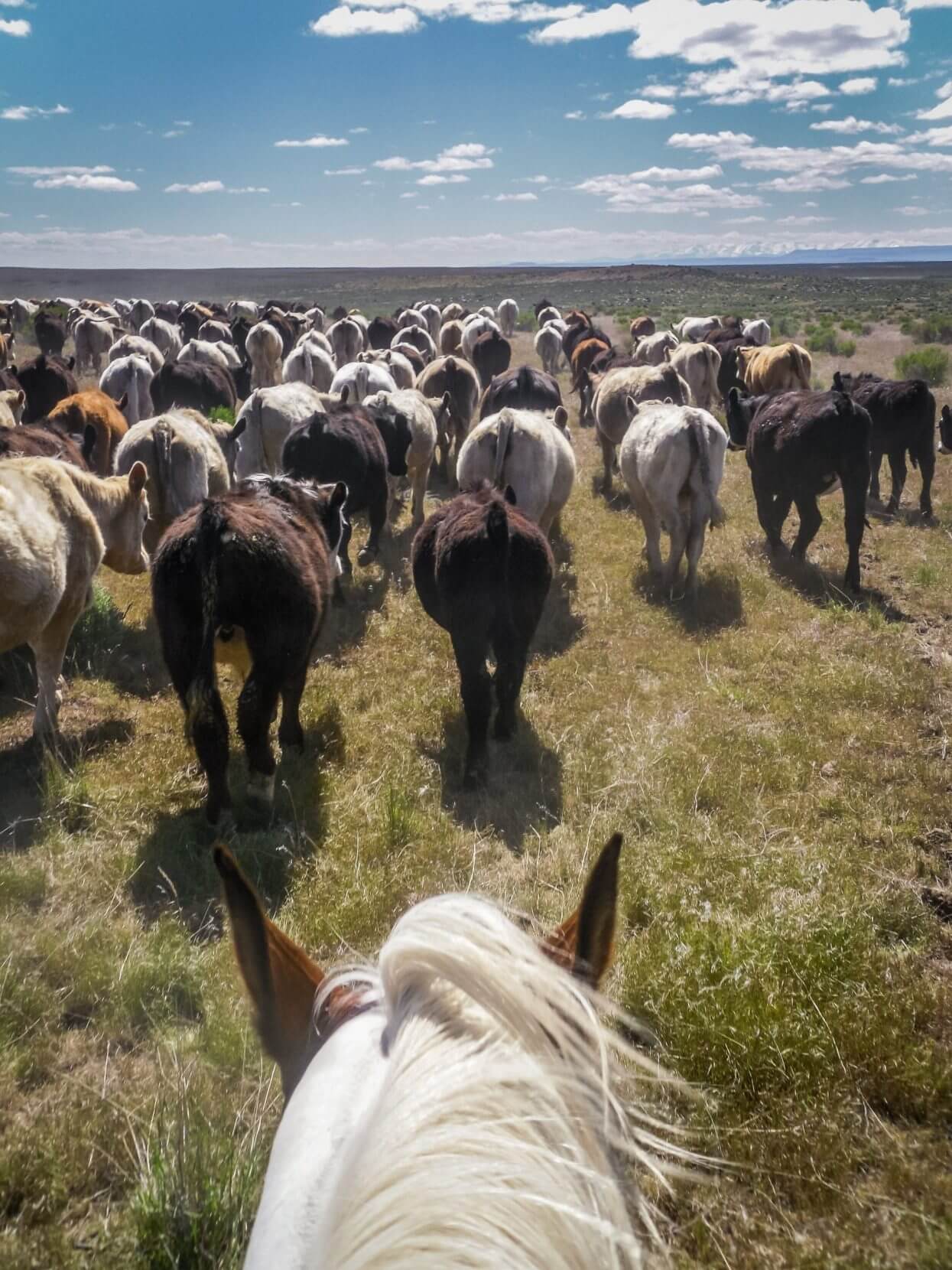
For Stone and her horse, Indy, life in the Alvord was a world away from what they knew, but they were determined to make a go of it. Photo: Kim F. Stone
Then, I felt Indy’s body tense as she darted to the left, ears perked and her body rigid. Cattle. Indy’s feet moved faster. She tossed her head and I felt her preparing to accelerate.
“Your job is to trot back and forth in front of the herd of cattle, don’t chase them, don’t come into the herd, just hold them.” It sounded easy enough and probably a better fit for Indy, as actually sorting the cattle required precision and calm. But the closer Indy and I got to the cattle, trotting back and forth on an imaginary boundary line, the more restless the cattle became. They began to spill out, and I chased them.
I turned back and saw hands waving wildly back and forth. My heart sank. I hadn’t held the line.
Martin hadn’t given up on Indy and me in Maine, and he didn’t give up on us then. After conferring with the cow boss, he motioned for me to follow. I settled into a pounding fast-paced trot across the meadow to keep up. Indy and I both loved speed.
Weeks turned to months — months filled with crisp, dark mornings that gave way to shadows of cattle illuminated in the first dusty rays of light.
The grasses changed from green to yellow. Flanked by the mountain on one side and sandy desert on the other, we jumped ditch after ditch.
“Go around to the left and push the herd toward the fence,” Martin instructed. Indy rushed toward the herd and cattle began to move. As we pushed them through the gate, a gust of wind blew in. I looked up at a looming cloud, blossoming as it rushed us. The wind picked up grains of sand and threw them into our faces. It sounded like a freight train. I buried my head into my chest as we continued to trot into the sand storm. It was unlike any sand storm I’d ever seen — bigger, more powerful — but Martin had been out in this country most of his life. I knew he’d seen his share.
“What is this?” I yelled to Martin through gritted teeth.
“I don’t know,” he yelled back, “I’ve never seen anything like it before.”
We pushed forward on our horses, pelted by wind and sand. As we came out on the other side, it felt as though the temperature had dropped 30 degrees and we were met with thunder and heavy drops of rain. I was quickly soaked and began to shiver, but I didn’t care. I wanted to keep exploring this open space — to see where it would go. I wanted to be swallowed up by the beauty of this foreign land. I was already in love with everything I could see, smell, hear and touch. It was like riding through a picture book.
~~
Days turned to weeks. Life was hard on the ranch. It was early mornings and late nights. Occasional deluges of rain and constant scorching heat. There were injuries, too: broken ribs, concussions, gashes, and even the occasional loss of a finger. Regardless, work had to get done. I came to recognize in the cowboys what I’d seen in Maine fishermen — dedication and self-reliance but also a sense of community and a willingness to help.

Ranching life is driven by dedication, self-reliance, and community — in rain or shine, snow or heat, because there’s always work to be done. Photo: Kim F. Stone
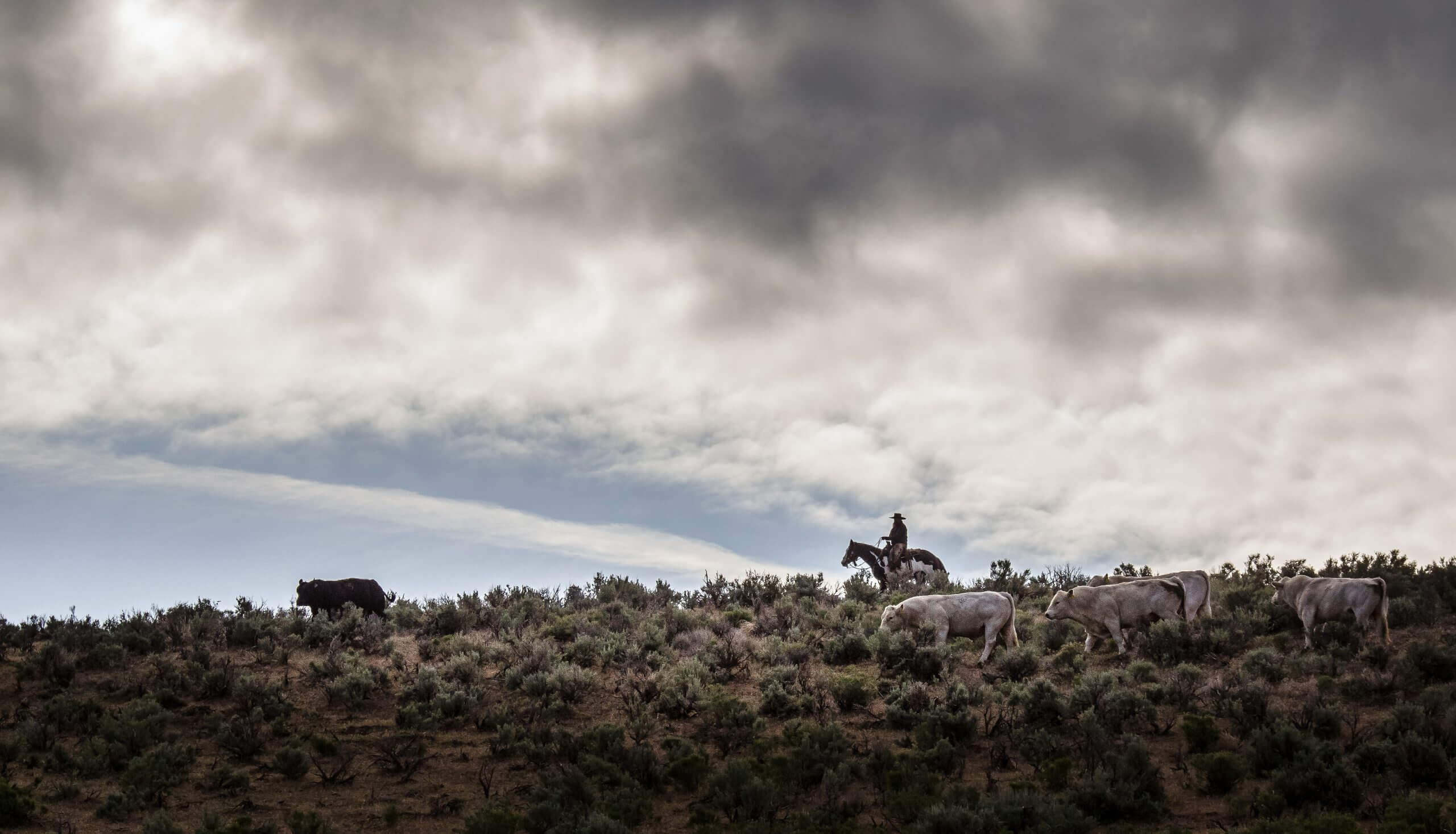
In the the Great Basin, self-reliance is as important as working together. Stone came to recognize in the buckaroos what she’d seen all her life in the fishermen of Maine, her home state. Photo: Kim F. Stone
Weeks turned to months — months filled with crisp, dark mornings that gave way to shadows of cattle illuminated in the first dusty rays of light. The crackling and snapping of fire and the bright orange glow of a branding iron. Hoofbeats. The whispers of swinging ropes. The gentle swishes of leather fringe.
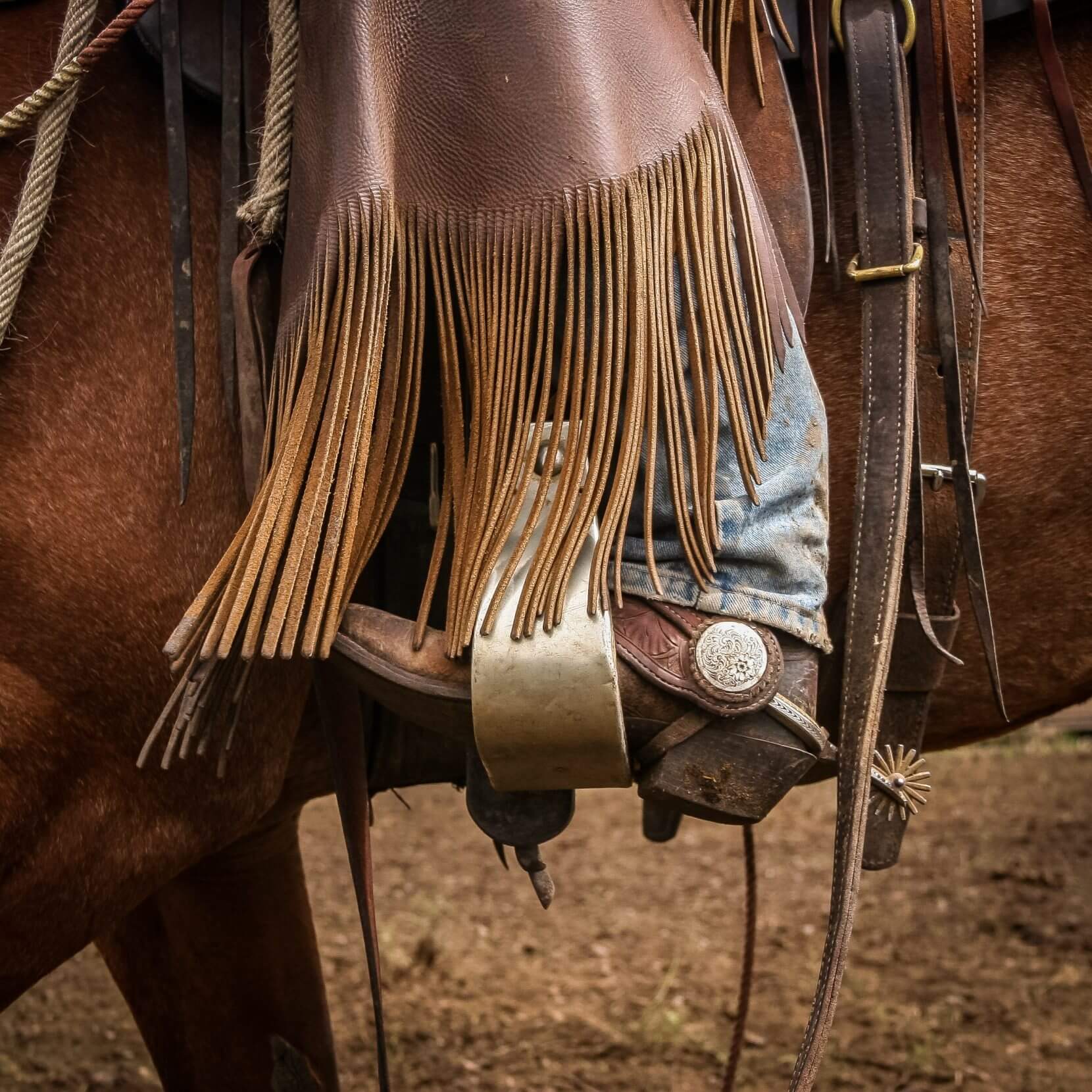
The buckaroo way is slowly disappearing in a rugged expanse of eastern Oregon Photo: Kim F. Stone
I watched neighbors and friends from miles away turn up to help on branding days, to share in the work and to show off their skills.
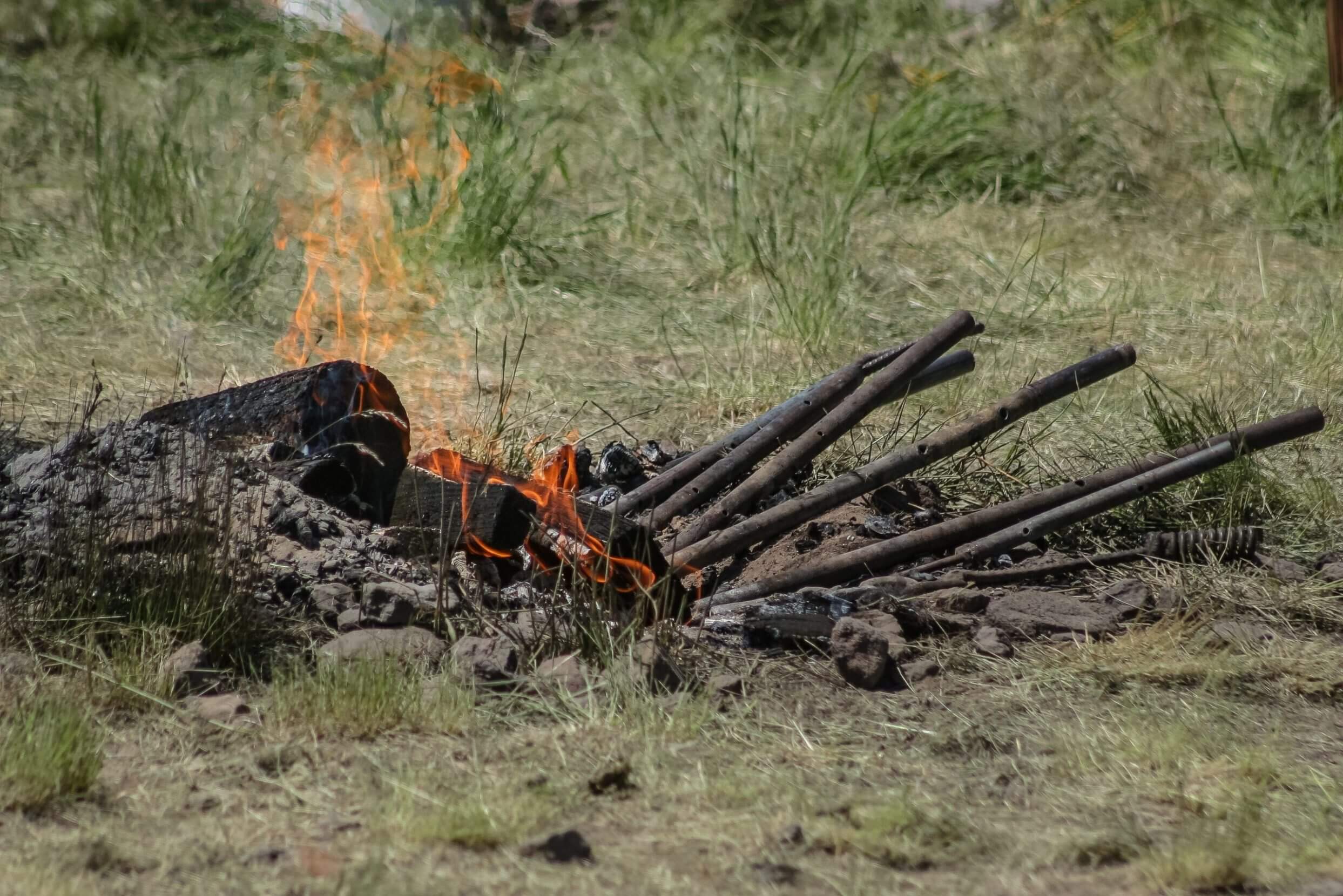
Branding day is a community effort at the ranches in the Alvord. Photo: Kim F. Stone
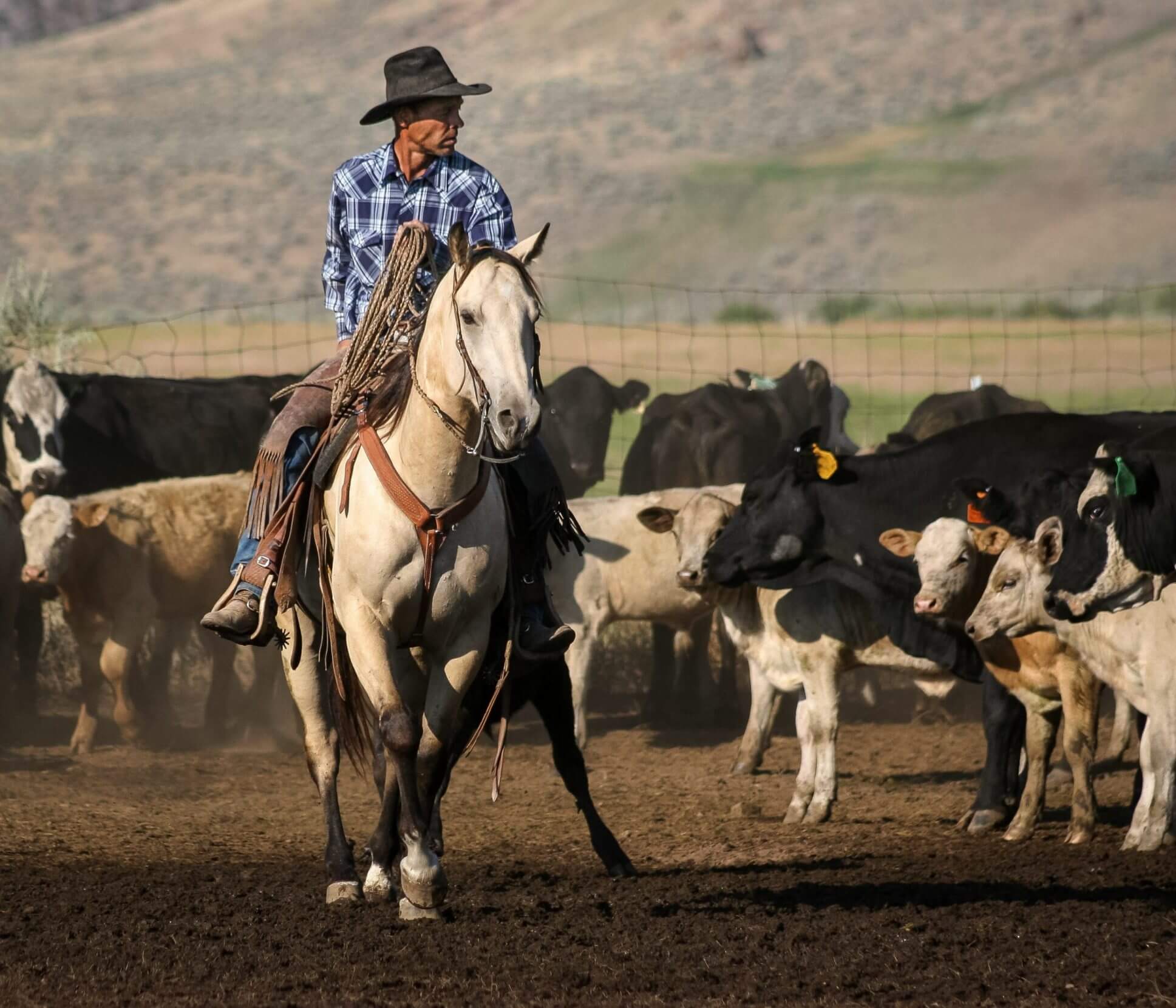
The skills of a cowboy, like Joe Maher, are developed over years of dedication and hard work. Photo: Kim F. Stone
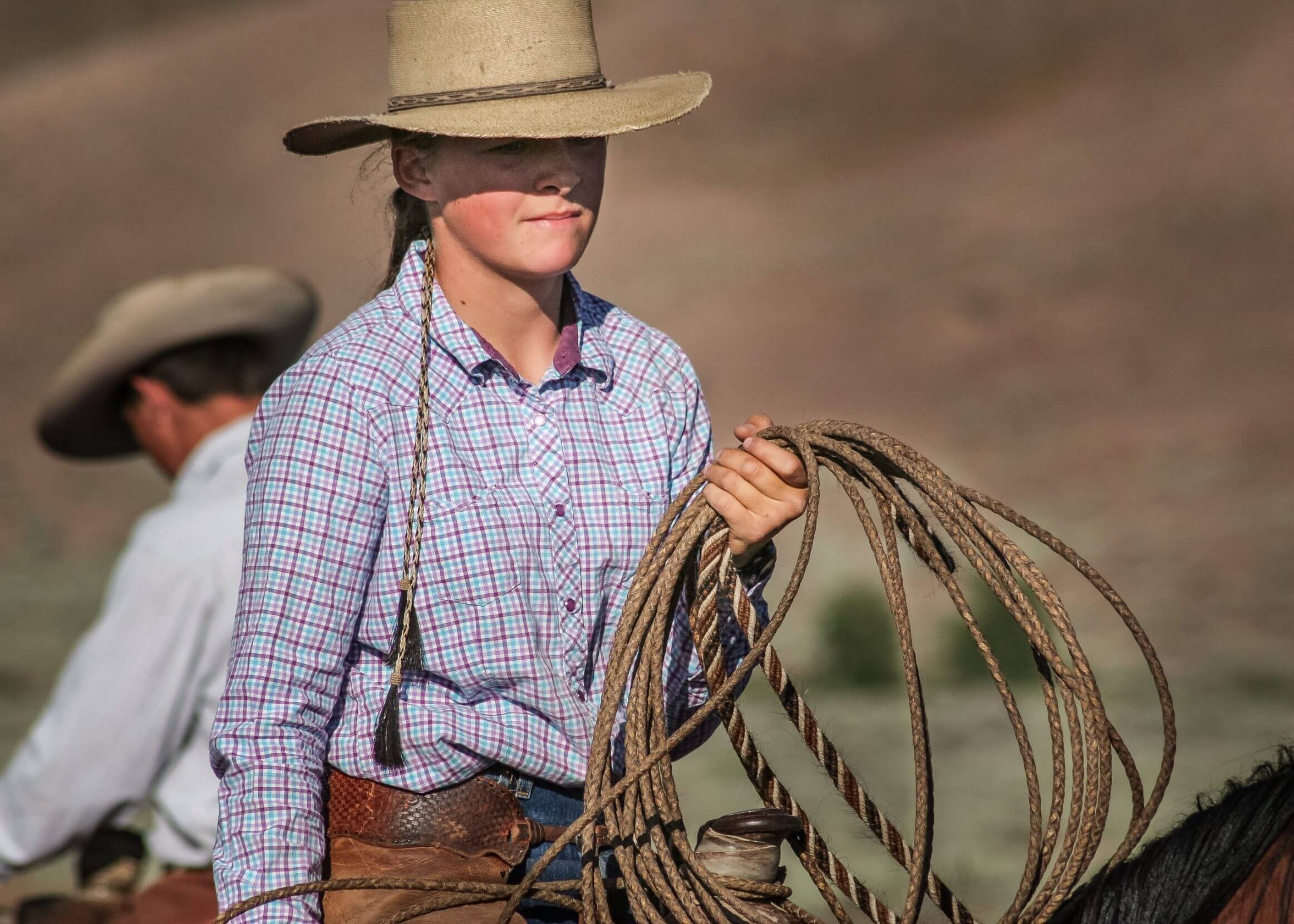
Ranching is a family affair for many in the Great Basin — like Elizabeth Davis, whose parents own the Alvord Ranch. Photo: Kim F. Stone
Young and old worked together, encouraging each other, sharing techniques, and hollering a firm “well-done” when a buckaroo’s rope sailed smoothly through the air like a fly-fishing line and landed on the right calf. A playful jab wasn’t far behind when someone accidentally roped the wrong one.
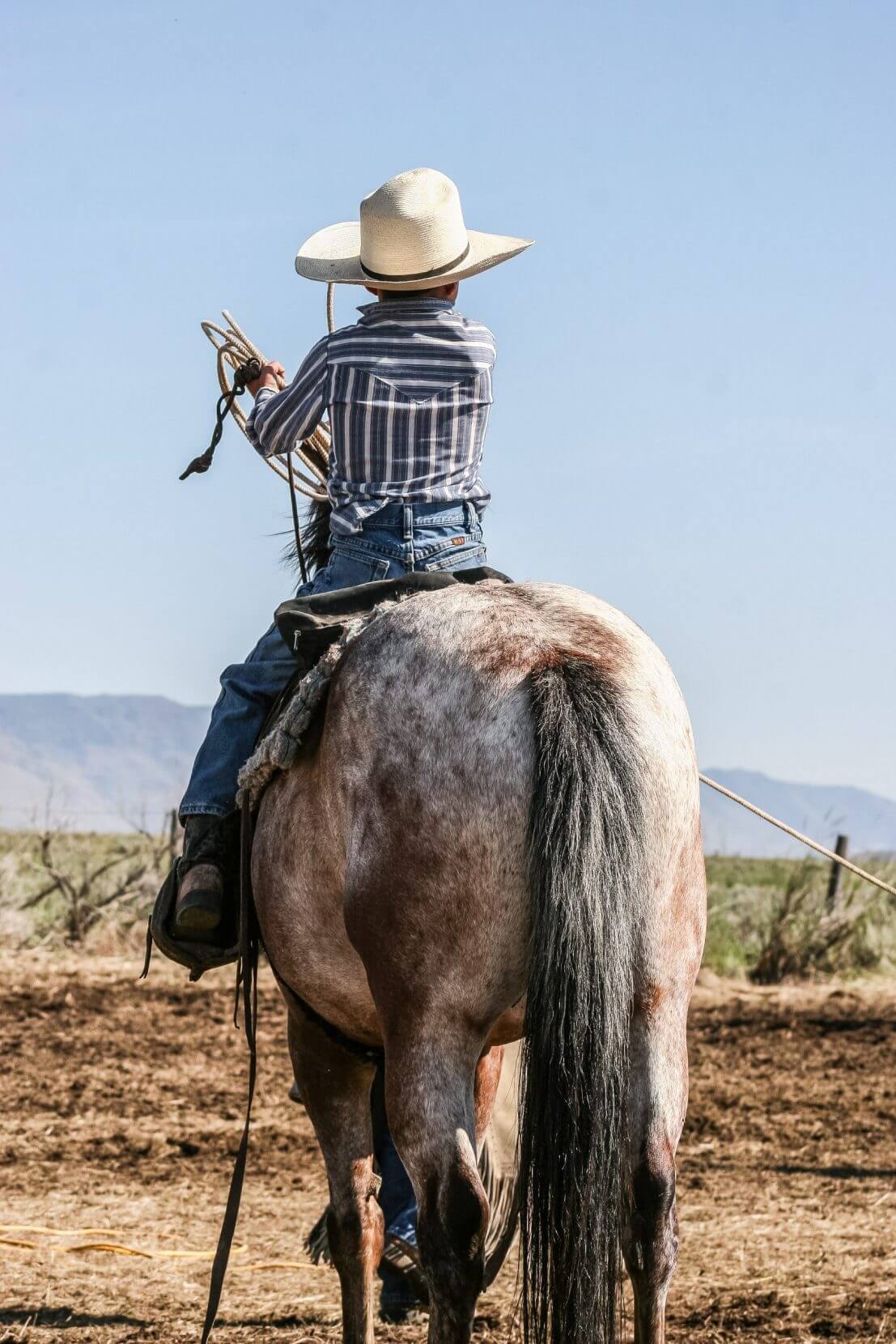
Young and old work together on branding days, as skills and traditions are passed down through generations. Photo: Kim F. Stone
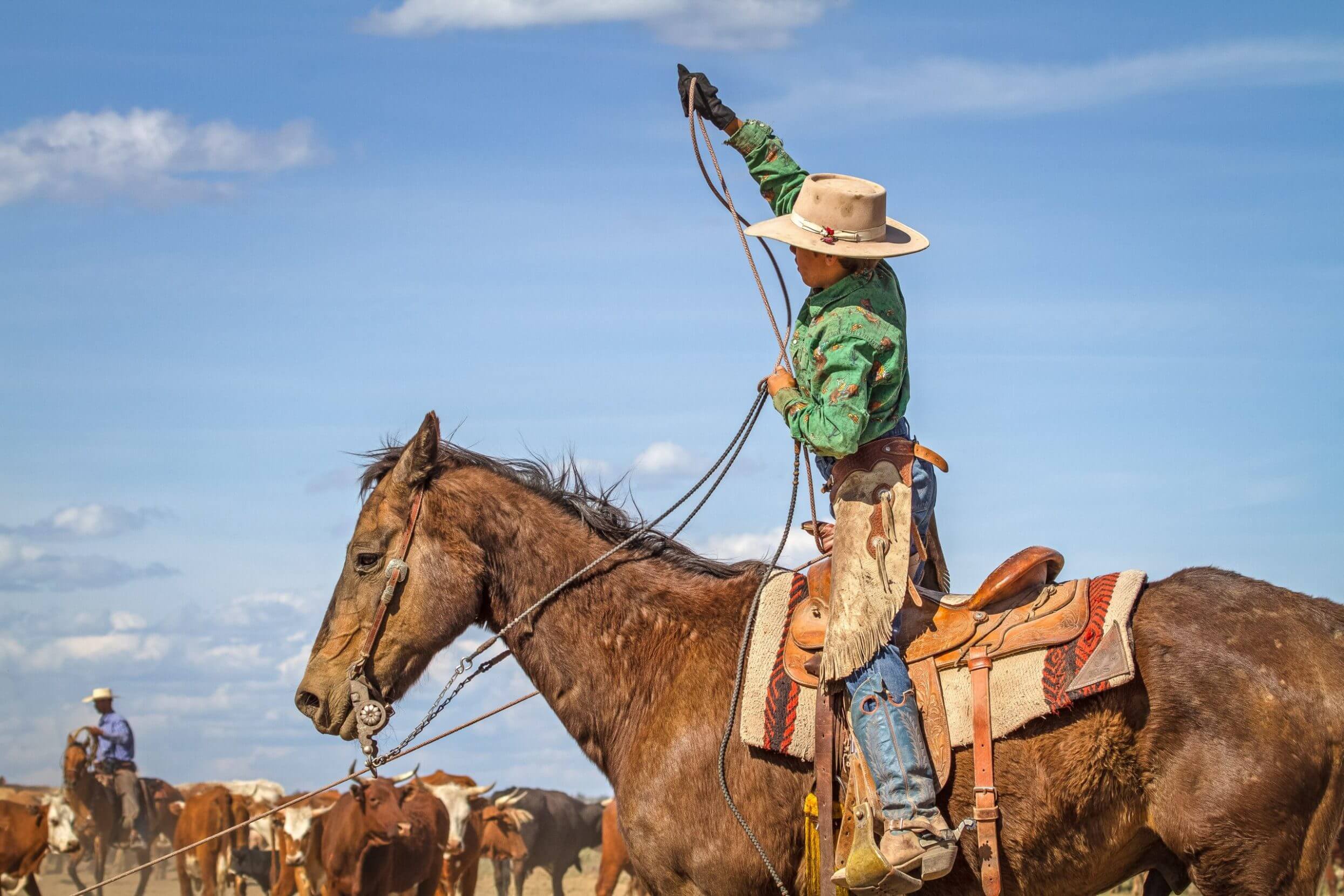
Learning begins early in the Alvord, and young buckaroos are paired with older horses that will ‘take care’ of them. Photo: Kim F. Stone
And then, as the last shovel of sand covered the embers, and horses were loaded into stock trailers, everyone gathered to share a meal. Meals came with stories and, occasionally, a song when someone broke out a guitar. It was a world I’d dreamt of — a world I’d known only in books and old westerns — until the Alvord.
Even on the hardest days — when the swirling, roaring wind stole the warmth of the sun, and we found calves sick with pneumonia, in desperate need of attention, fighting for their lives and for that of the ranch — I felt at home among the buckaroos.

Even when wind and snow and freezing temperatures threatened the lives of cattle and the livelihoods of ranches, Stone says, the Alvord still felt like home. Photo: Kim F. Stone
Eventually, the cow boss and most of the cowboys saw in me what Martin had.
Months turned to years.
The Alvord became my second home.
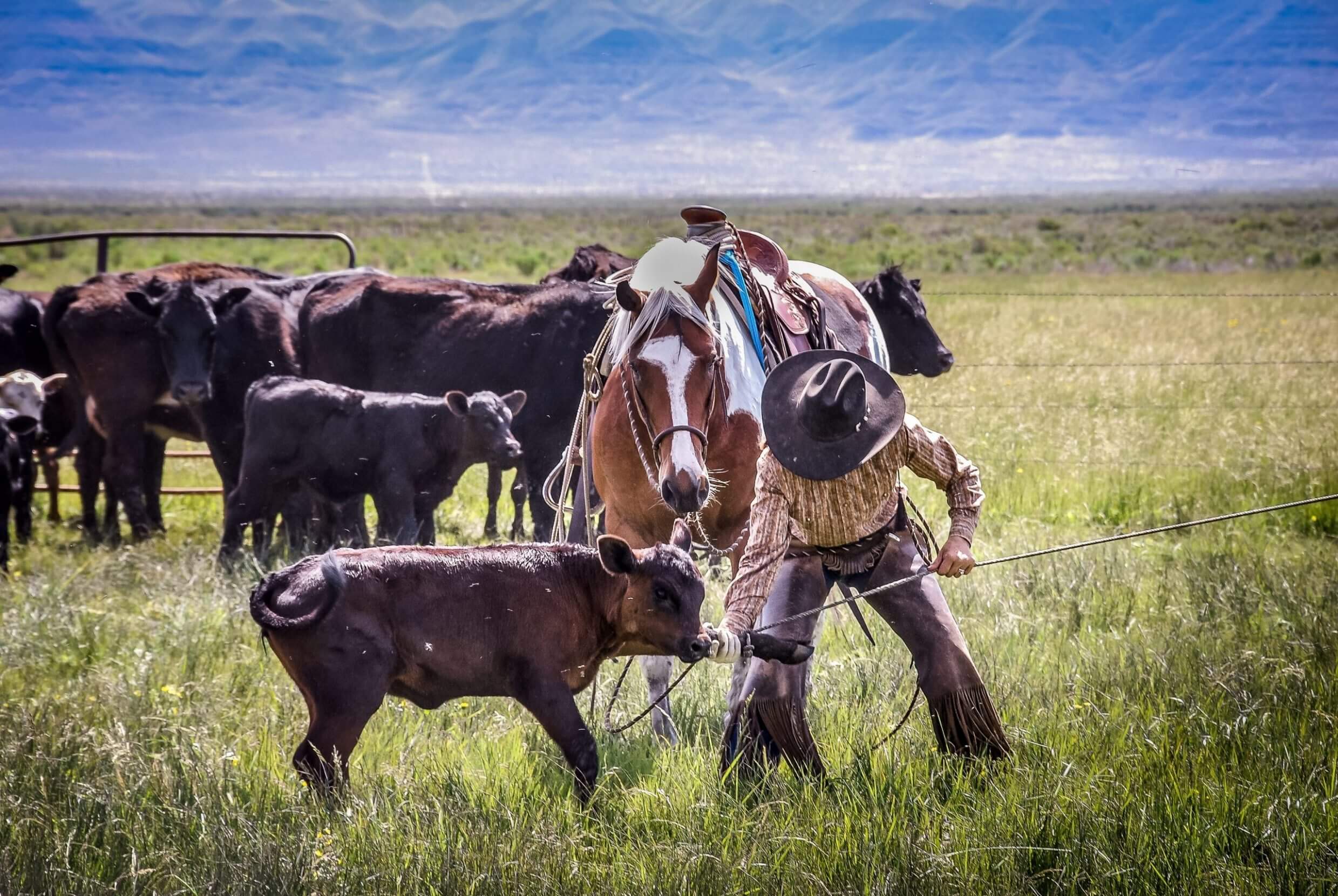
Author Kim Stone and her horse Indy at work in the Alvord — their second home. Photo: Courtesy of Kim F. Stone
Reflecting on 10 years since I first came to the Alvord, I notice the changes. The healthiest investment used to be in the fields and spade bit horses were worth their weight in gold. Now ranchers trade hours in the saddle for more time behind the wheel hauling livestock to better grazing areas. Increased government regulation and rising expenses have driven many out of the business. And communities are shrinking as children move on to other opportunities. Many of the ranches that remain, have adapted. They’ve brought in machines and fences to do much of the work once done by buckaroos and their horses. A few holdouts remain, clinging to a disappearing way of life.
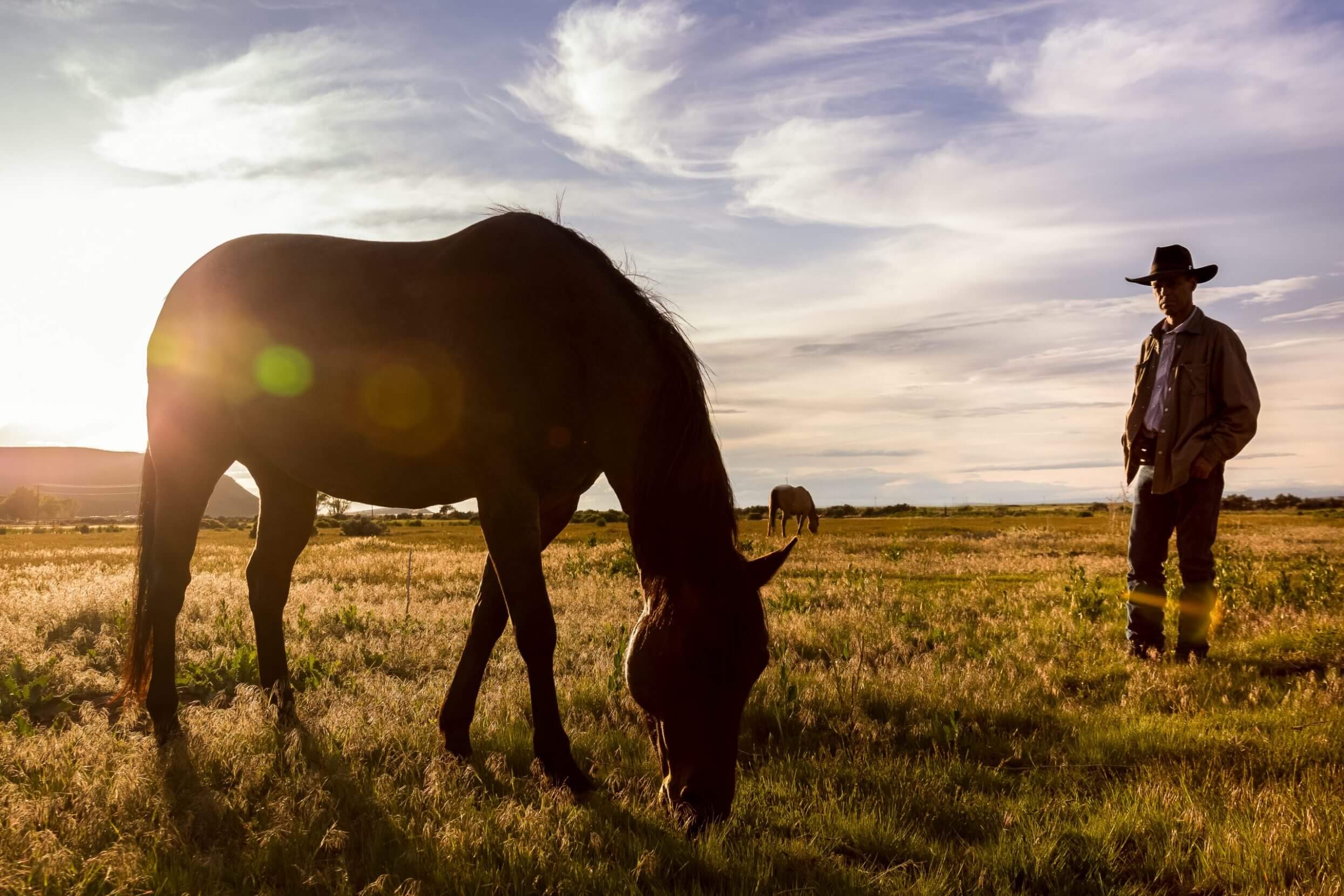
Life is changing in the Great Basin, but buckaroos like Maher still see the world from between the ears of a horse. Photo: Kim F. Stone
Once upon a time, the Alvord Ranch kept a cavy — a herd — of 40 horses. Now, the herd is 15. Horses are being replaced by ATVs and dirt bikes.
We’re told that this is progress. Maybe it is, but it’s also loss — of history, of trades and traditions, of communities.
There are times when I want off this mechanical bull. Times when I long to trade the bitter taste of progress for the sweetness of what I came to know in the American West. Times when the loss moves me almost to tears. But quitting isn’t the buckaroo way. So instead, I tell the stories. Stories of a place and time and people who prided themselves on knowing the land, the livestock, and a long day’s work; of a desert filled with hoofbeats and shouts and dust and sage and horse sweat. Stories of the years when the Alvord was home.
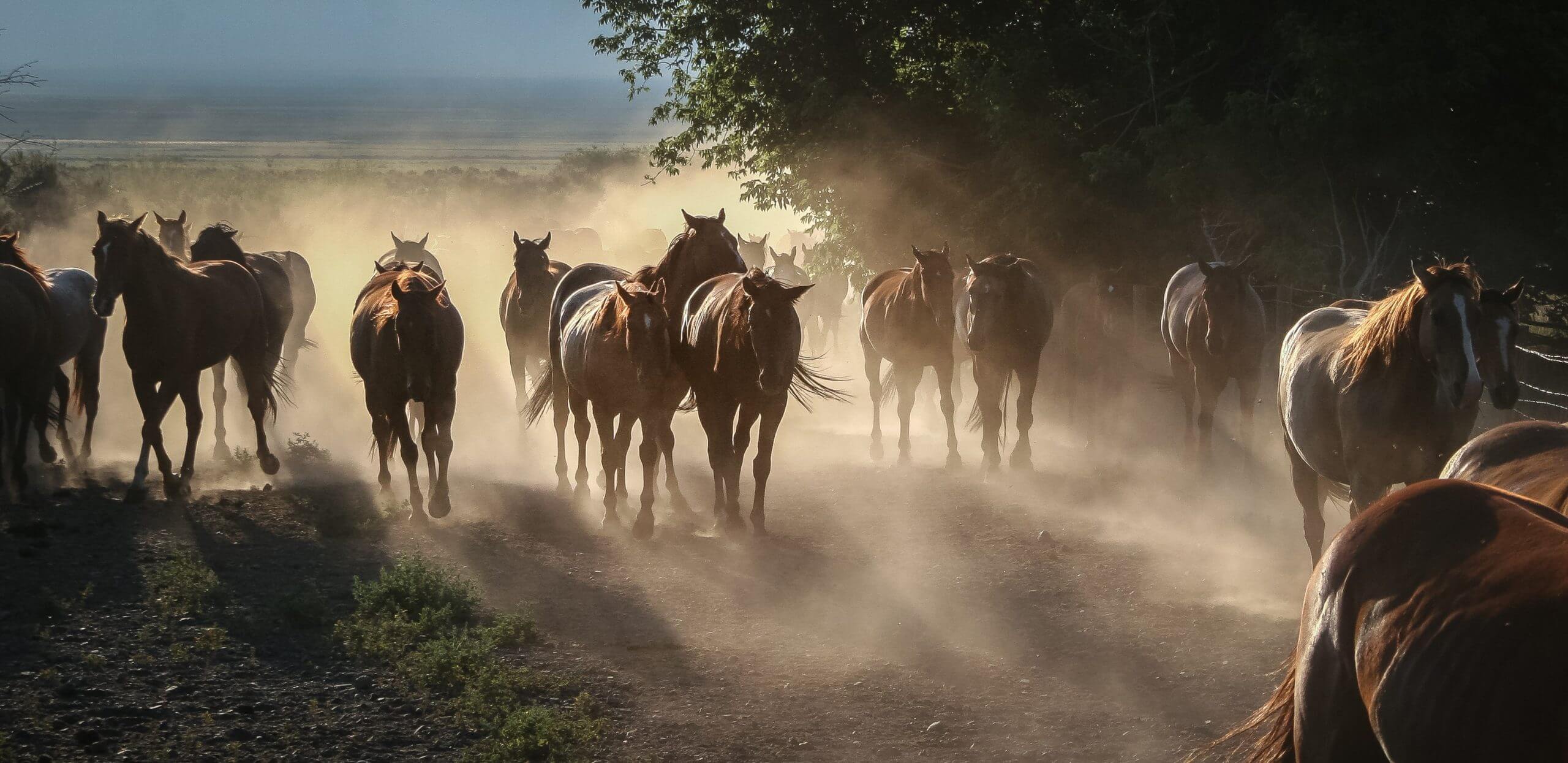
There are fewer horses and buckaroos in the Great Basin today than there were in years past, but Stone is determined to keep telling their stories. Photo: Kim F. Stone
###
Despite constant change, many families in the Great Basin continue to uphold the traditions of buckaroo culture. For my part, I return regularly to the Great Basin to spend time in the landscape and work alongside the buckaroos.
Kim F. Stone
Kim F. Stone is a lady who loves the rhythm of a shutter and hoofbeats.

